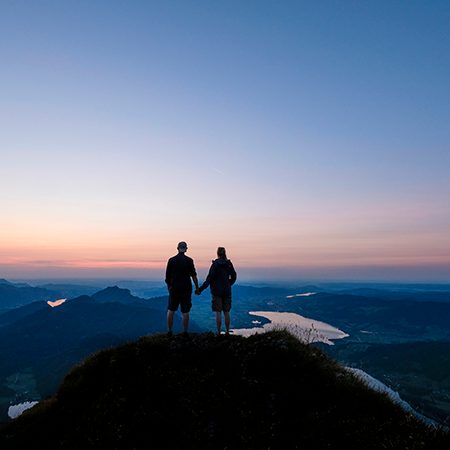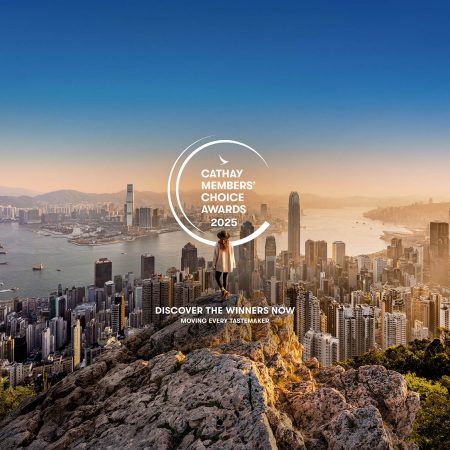Visit these 7 of the world’s healthiest cities for your good health
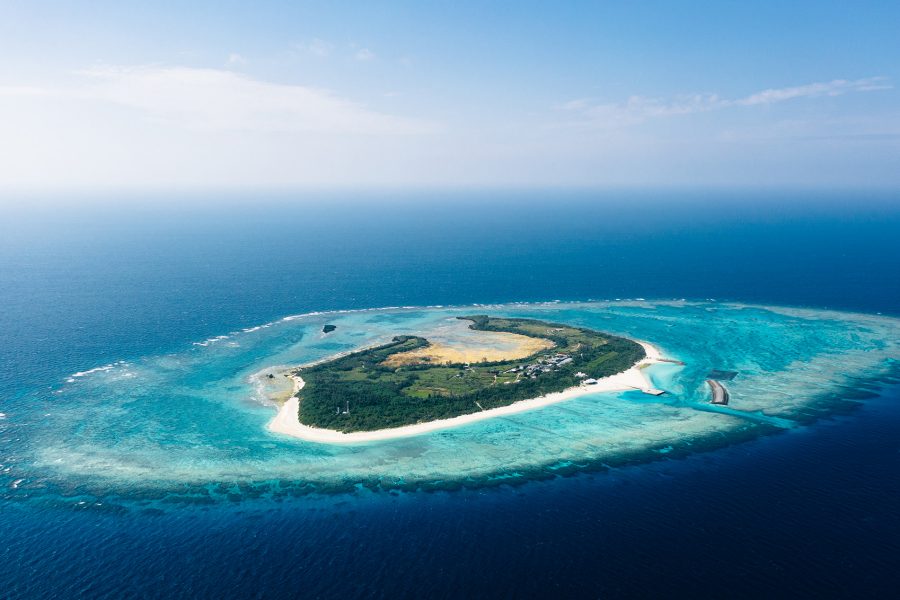
Stress. Smog. Late nights. Greasy lunches grabbed on the go. These are all hallmarks of busy urban lives that leave us feeling both physically and emotionally drained. But what if we could imagine something better for ourselves? Part of the joy of travelling is being inspired by new destinations and ways of living. We’ve searched around the world to discover which communities have got it right when it comes to green policies, work-life balance, diet and liveability. Take a look for yourself, and see if you feel inspired too.
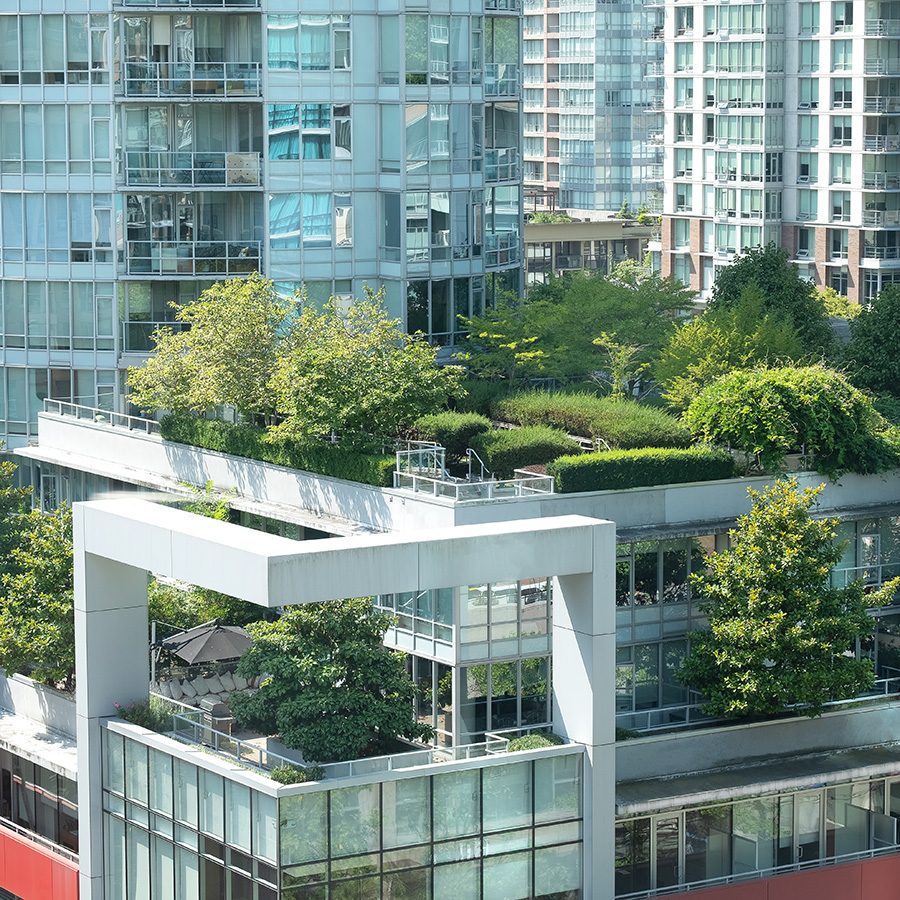
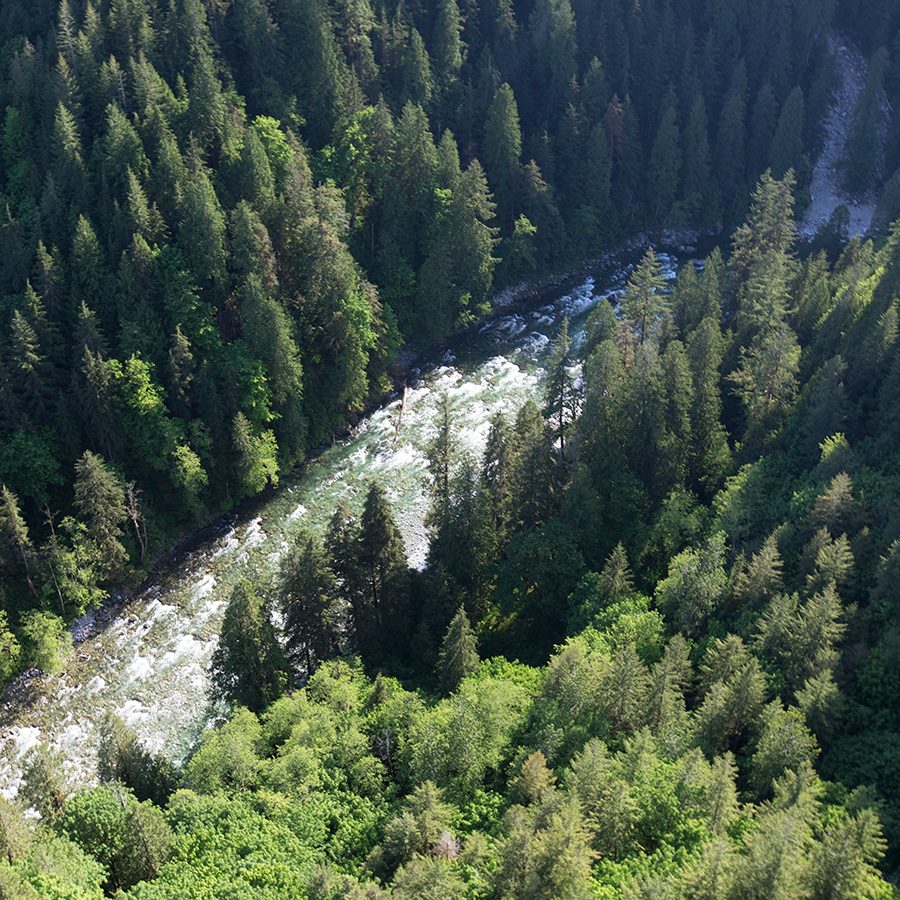
Credit: Getty Images
Most eco-friendly city
Vancouver, Canada
Consistently ranked among the top five greenest cities in the world, Vancouver owes its success to the joint efforts of residents, businesses and the local government. The sustainable city is well on track to achieve its goal of being fully powered by renewable energy by 2050 and officially zero-waste by 2040. There is much at stake: Vancouver is home to many green spaces: 230 parks, nine beaches and 22 kilometres of accessible waterfront space, and there is strong consensus that these natural assets need to be protected. Get a taste of Vancouver’s wild side for yourself with a trip to the old-growth rainforests of Vancouver Island or visit one of the city’s many stellar farm-to-table restaurants showcasing the regions’ abundant produce.

Credit: Getty Images
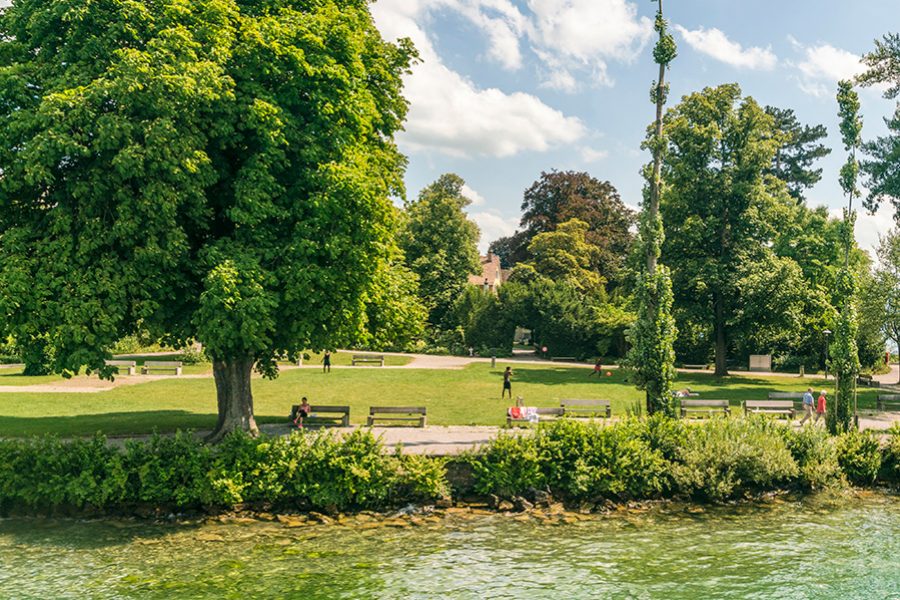
Credit: Getty Images
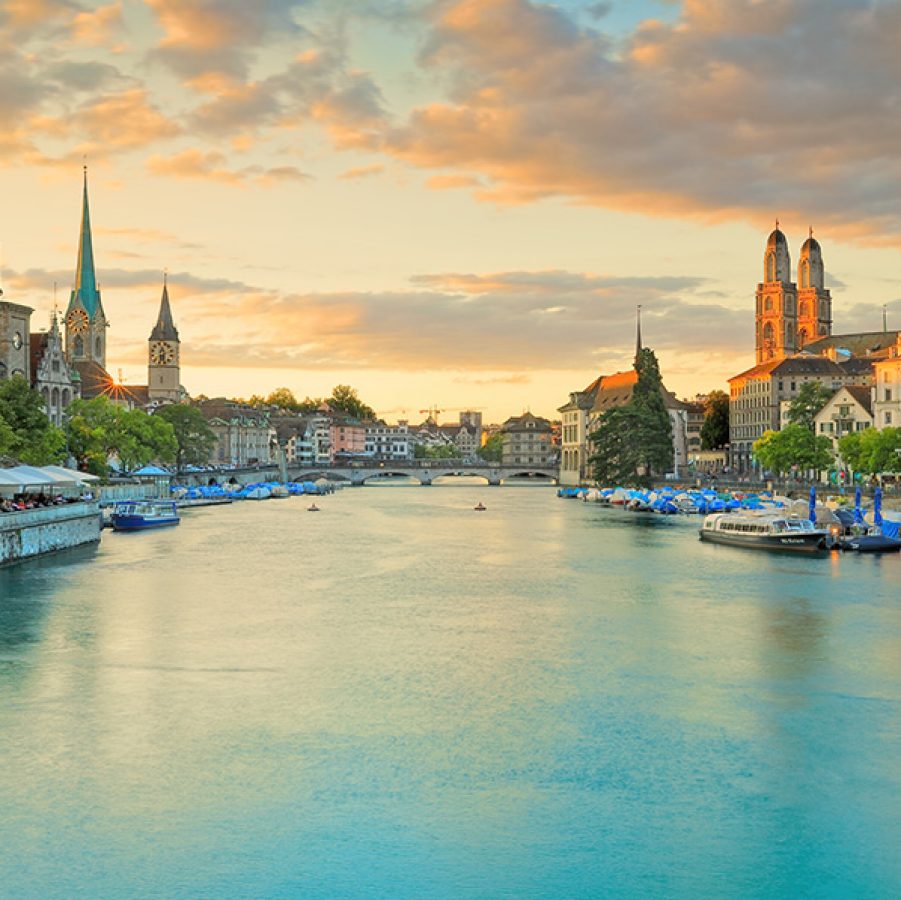
Credit: Getty Images
Cleanest air
Zurich, Switzerland
Switzerland is a world leader in tackling air pollution. According to the Climate & Clean Air Coalition , air quality in Zurich has improved vastly in the past 25 years, thanks to policies that cut down agricultural, industrial and vehicular emissions. Aligned with this commitment to public health and the environment is a keen interest in wellness embedded in Swiss culture. The country is home to many world-leading medical centres and spa resorts; an hour out of Zurich into the alpine foothills, you’ll find the Grand Resort Bad Ragaz , which offers health checks and wellness programmes built around the Tamina Gorge’s mineral-rich thermal springs.
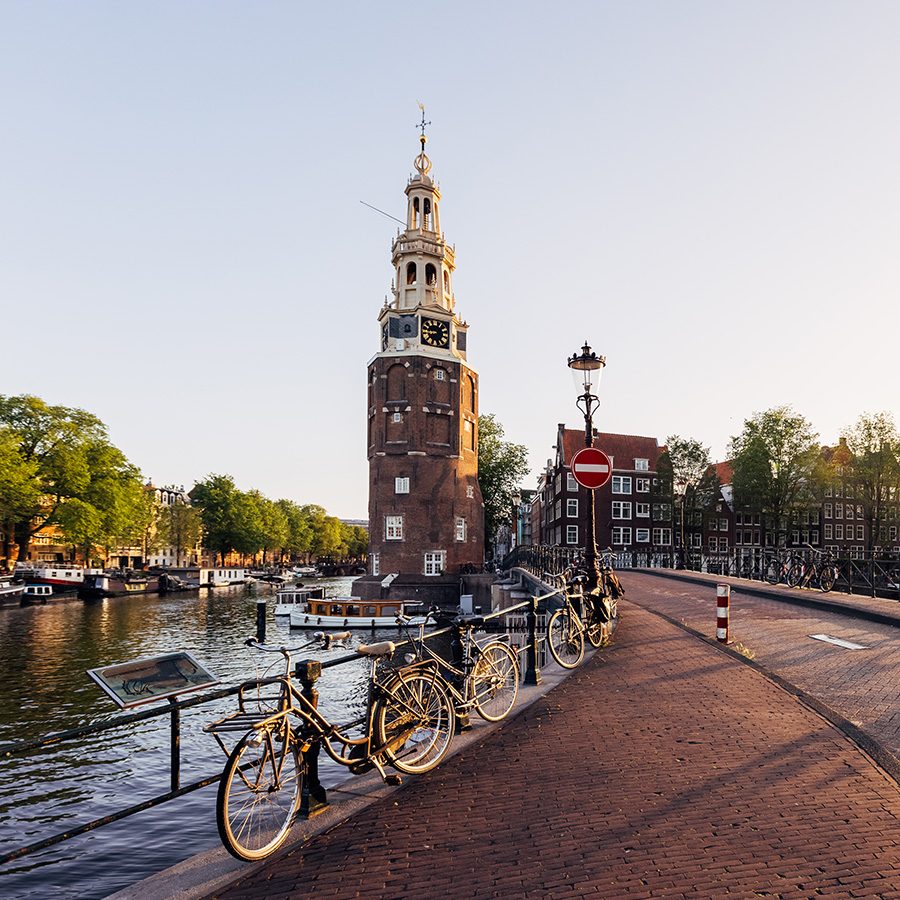
Credit: Getty Images
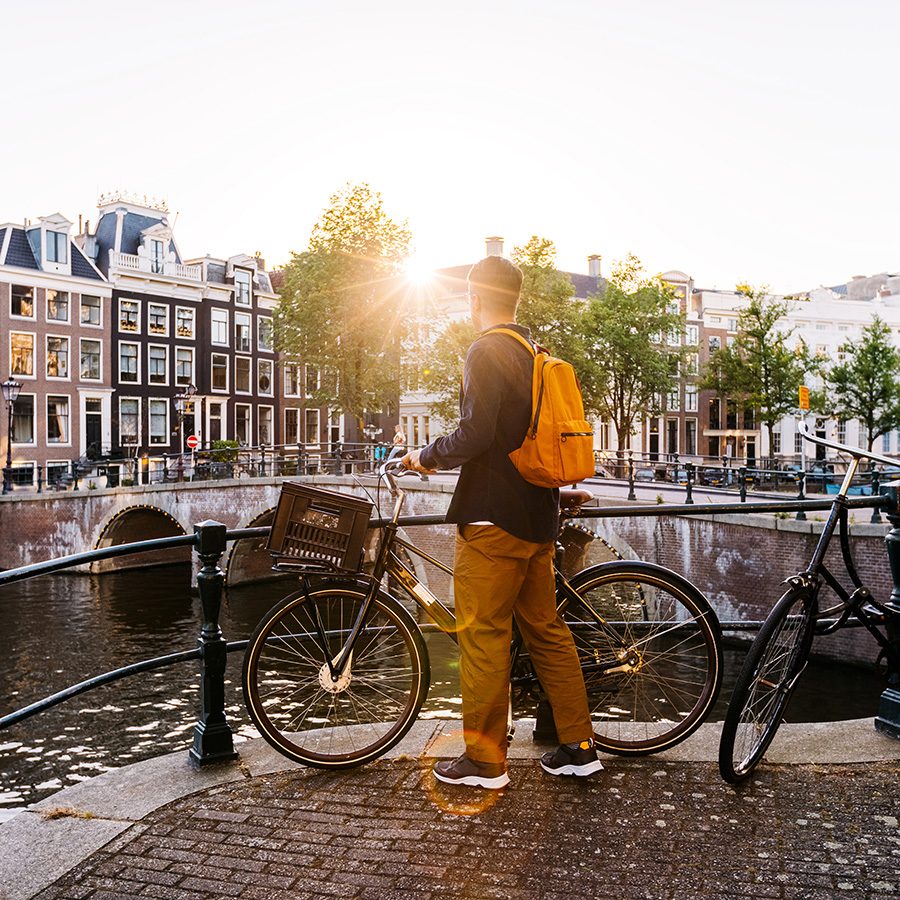
Credit: Getty Images
Most walkable city
Amsterdam, Netherlands
It might be best known as a city for cyclists, but if you prefer travelling on two feet rather than two wheels, Amsterdam’s urban planning makes it very welcoming to walkers, with cafés, monuments, museums and neighbourhoods all ripe for exploring on foot. Since the mid-2010s, the authorities have commissioned studies to identify barriers to access and enhance walkability, expanding pedestrian zones and restricting areas for motorised traffic. Take a day or two to get pleasantly lost with a self-guided tour that takes you through the most important items on your Amsterdam to-do list.
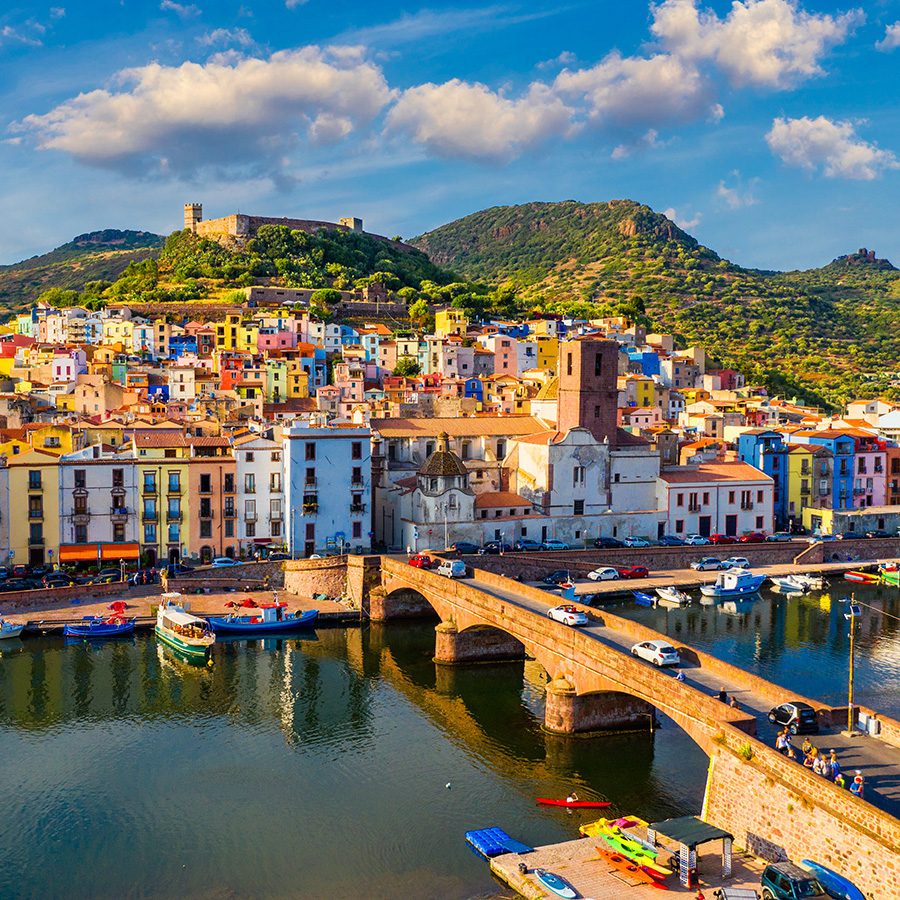
Credit: Getty Images
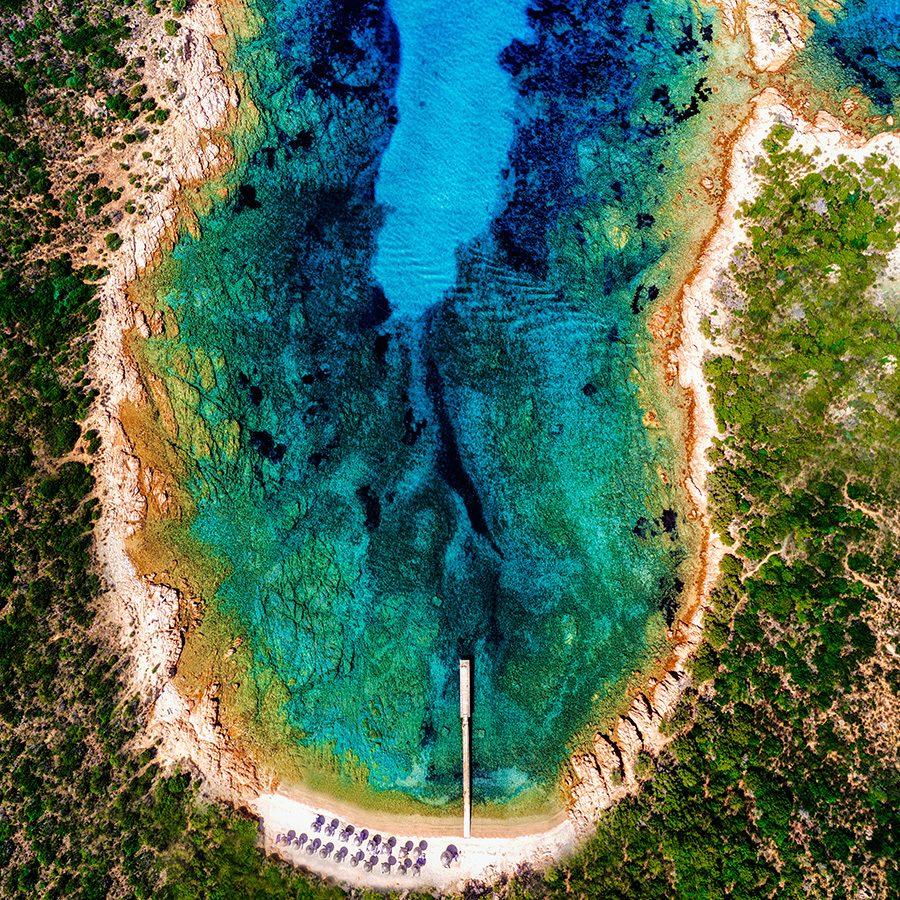
Credit: Getty Images
Healthiest people
Sardinia, Italy
In 2004, Sardinia was designated a “blue zone” – one of five places in the world where residents experience longer-than-average lifespans and better overall wellbeing, as identified by researcher Dan Buettner. The island’s secret, Buettner found, was more than just a Mediterranean diet of fruit and vegetables, whole grains, fresh seafood and antioxidant-rich wine. Sardinia’s steep, rugged terrain keeps its inhabitants fit and at a healthy weight, while a good work-life balance abates stress. Crucially, family ties support mental health, particularly among the elderly. For visitors, Sardinia has much to offer, including laid-back locals, glittering beaches and charming villages, all of which encourage you to slow your pace to match the Sardinians’ relaxed way of life.
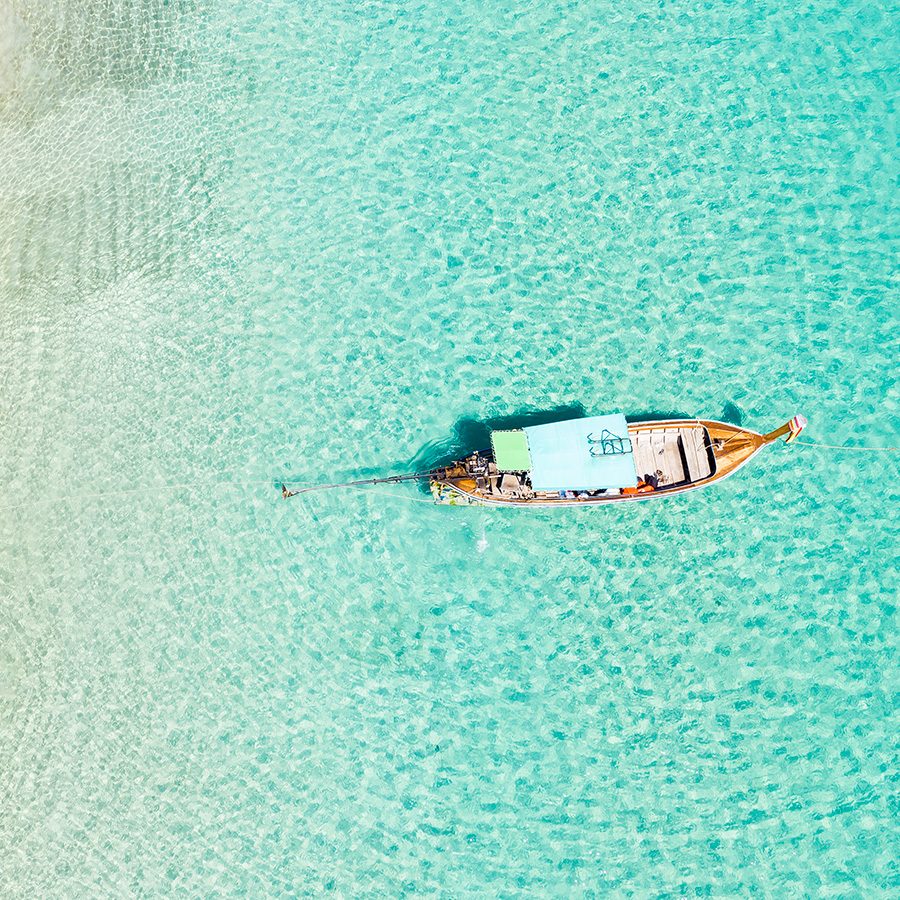
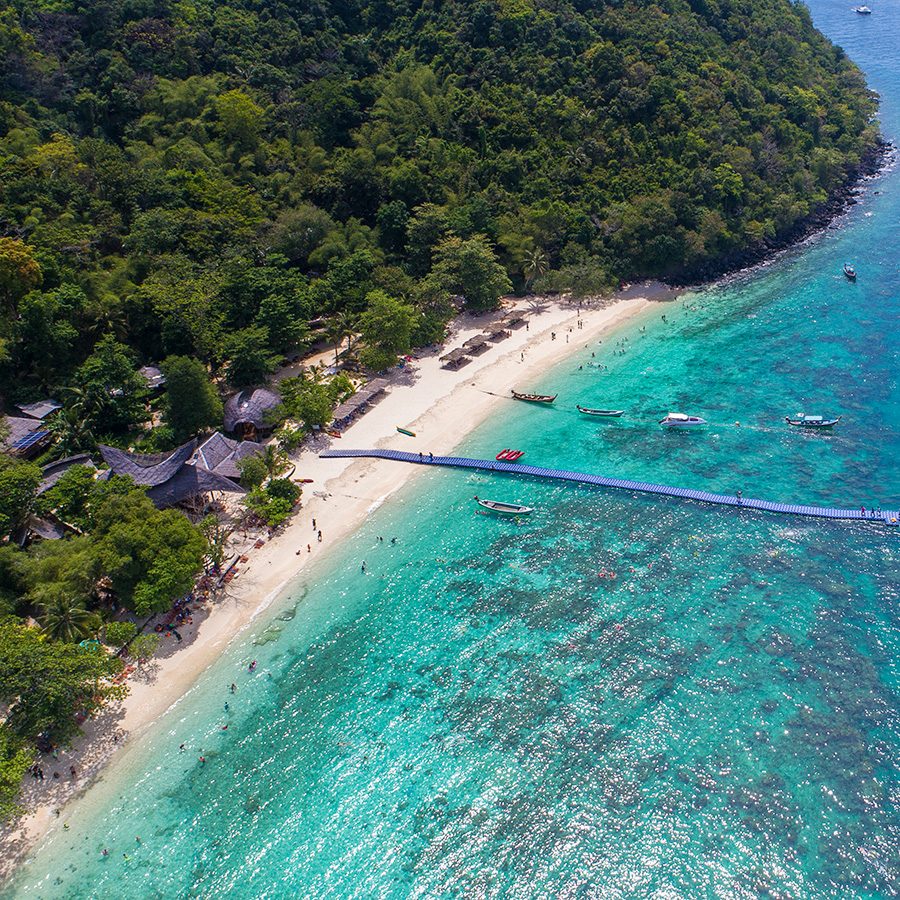
Cleanest beach
Banana Beach, Thailand
Phuket is a tried-and-true destination for holidaymakers the world over – for good reason. But there are still plenty of hidden gems. Located three kilometres south of Phuket on the island of Koh Hey (hire a longtail boat from Railay or Chalong pier), Banana Beach remains an unspoilt stretch, somehow overlooked by the masses. With crystal-clear waters, shallow coral reefs and diverse marine life, it’s an excellent spot for snorkelling. Roll up to the beach shack-style restaurant to rent a deckchair and spend a day with your toes buried in the warm, white sand, fresh coconut in hand.

Healthiest cuisine
Okinawa, Japan
This Japanese island is another of Buettner’s “blue zones”. Dietary experts attribute residents’ impressive longevity and low incidence of chronic illness and heart disease to a combination of regular exercise and a healthy diet. Low-GI sweet potato, rather than rice, is the staple crop here, and when combined with soy products, vegetables, fish, antioxidant-rich teas and a limited amount of red meat, it adds up to a delicious and balanced diet. Tourism to Okinawa has boomed over the last decade, with travellers drawn to its spectacular beaches and a unique culture that incorporates influences from neighbouring Asian nations.
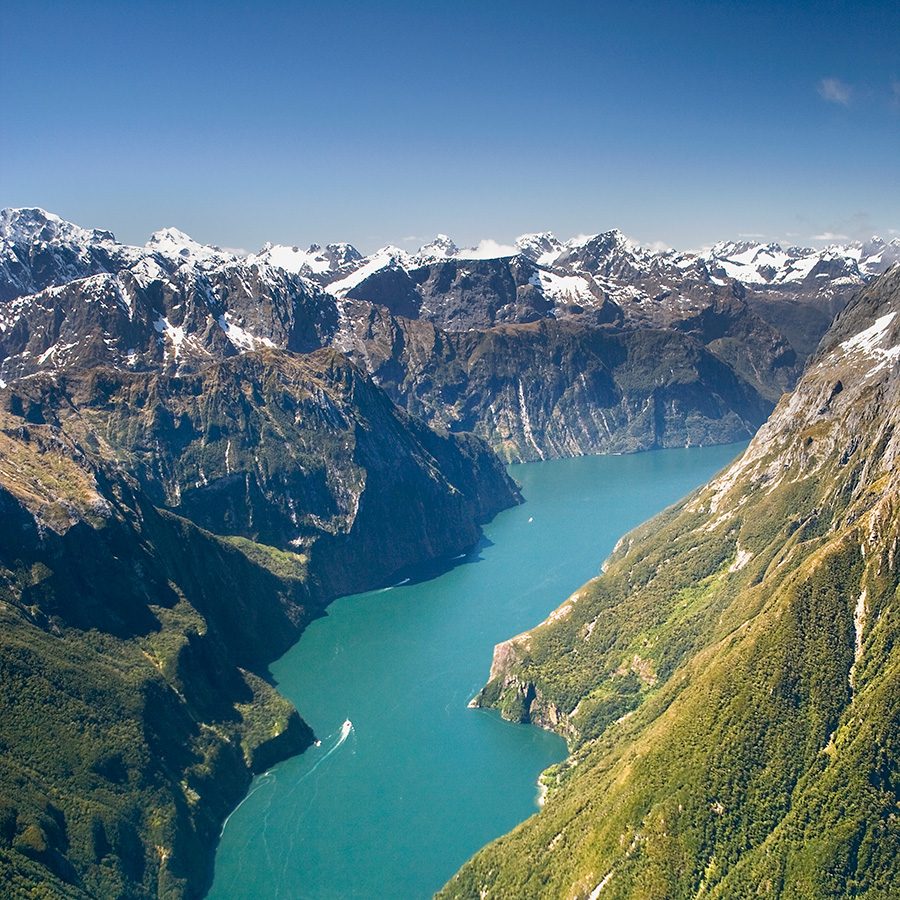
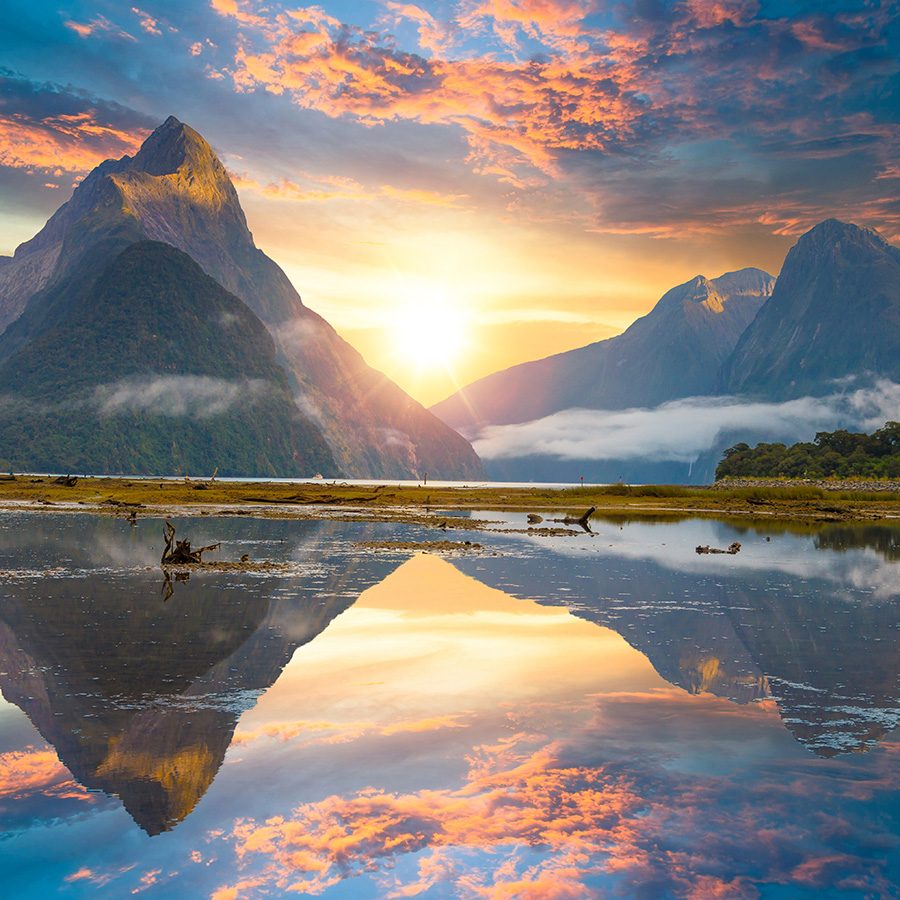
Natural wonder
Milford Sound, New Zealand
There aren’t many places in the world that could be described as truly unspoilt, but Milford Sound, or Piopiotahi, comes close. Located within the Fiordland National Park on New Zealand’s South Island, this fiord runs 15km inland from the Tasman Sea, surrounded on all sides by sheer rock faces that rise up to 1,200m. The Sound is a protected marine reserve home to seals, penguins and bottlenose dolphins – with the occasional whale sighting. When it rains, hundreds of temporary waterfalls spill from the mountain crags into the water below. It’s a truly stunning sight.
Hero image credit: Getty Images
More inspiration
- China – the Chinese Mainland, Hong Kong SAR, Macao SAR and Taiwan Region
- Hong Kong SAR - English
- Chinese Mainland (China) - English
- Taiwan, China - English
- 香港特別行政區 - 繁體中文
- 中国內地 - 简体中文
- 中國台灣 - 繁體中文
- Africa
- South Africa - English
- Asia
- Bangladesh - English
- Korea - English
- Singapore - English
- Cambodia - English
- 한국 - 한국어
- Sri Lanka - English
- India - English
- Malaysia - English
- Thailand - English
- Indonesia - English
- Maldives - English
- ประเทศไทย - ภาษาไทย
- Indonesia - Bahasa Indonesia
- Myanmar - English
- Vietnam - English
- Japan - English
- Nepal - English
- Việt Nam - tiếng Việt
- 日本 - 日本語
- Philippines - English
- Australasia
- Australia - English
- New Zealand - English
